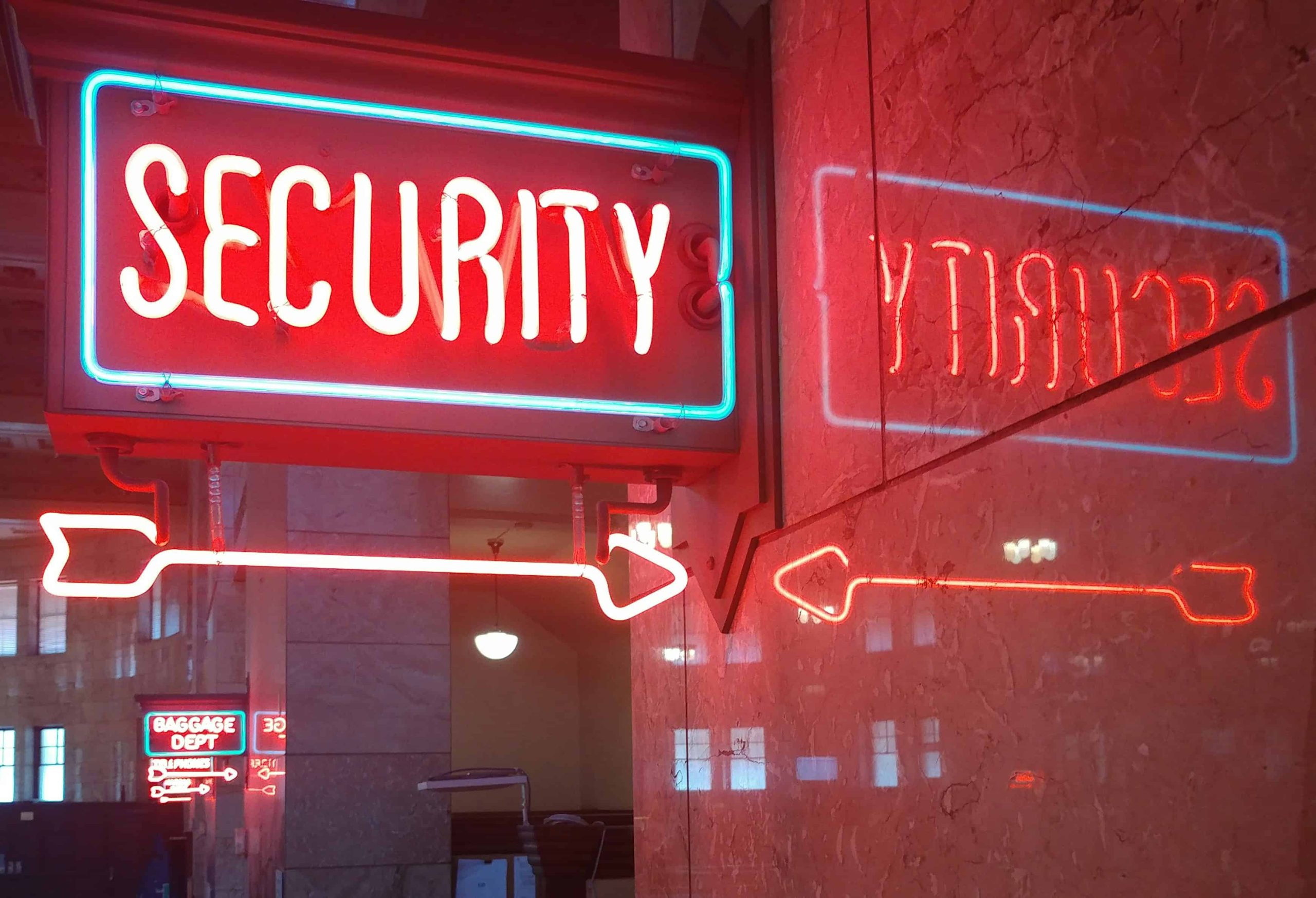
06 Jul Mastering Web3 Security: Strategies for Protecting Your Digital Assets
Introduction
In the era of Web3, where decentralization reigns supreme, ensuring robust security measures is paramount. Web3, characterized by its decentralized architecture and principles, fundamentally changes how we interact with the internet. Unlike its predecessors, Web3 leverages blockchain technology to create trustless and tamper-resistant systems, promising greater autonomy and security for users. This article delves into the core concepts of Web3 security and provides insights into safeguarding against emerging threats.
Core Concepts of Web3 Security
Decentralization and Security
Decentralization lies at the heart of Web3 security. Traditional centralized systems are vulnerable to single points of failure, where a breach or attack on a central authority can compromise the entire network. In contrast, Web3’s decentralized architecture distributes control and data across a network of nodes, making it significantly more resilient to attacks. With no single point of control, malicious actors face formidable obstacles, enhancing the overall security of Web3 systems.
Cryptography and Encryption
Cryptography plays a pivotal role in Web3 security by providing the mathematical foundations for secure communication, authentication, and data integrity. In Web3, cryptographic techniques are employed to secure private keys, which are used to sign transactions and access digital assets. Public-key cryptography, in particular, enables users to engage in secure peer-to-peer transactions without relying on trusted intermediaries. Additionally, encryption techniques are utilized to protect sensitive data stored on the blockchain, ensuring confidentiality and privacy for users.
Smart Contract Security
Smart contracts, self-executing contracts with the terms of the agreement directly written into code, are a cornerstone of Web3 applications. While revolutionary, smart contracts are not immune to vulnerabilities. Flaws in smart contract code can lead to exploits, resulting in significant financial losses for users. Therefore, ensuring the security of smart contracts is paramount. Best practices include rigorous testing, code reviews, and independent audits to identify and mitigate potential vulnerabilities before deployment.
Web3 Security Threats
Social Engineering Attacks
Social engineering attacks are a prevalent threat in Web3 ecosystems, leveraging psychological manipulation to deceive individuals into divulging sensitive information or performing unauthorized actions. Phishing attacks, for example, impersonate legitimate entities to trick users into revealing their private keys or login credentials. Similarly, rug pulls exploit user trust in decentralized finance (DeFi) projects, where developers abandon projects or drain liquidity pools, resulting in substantial losses for investors. Awareness, education, and skepticism are essential in mitigating the risks posed by social engineering attacks.
Smart Contract Vulnerabilities
Smart contracts, while heralded for their transparency and trustlessness, are susceptible to vulnerabilities arising from coding errors or design flaws. Common vulnerabilities include reentrancy attacks, where malicious actors exploit recursive function calls to drain funds from smart contracts, and integer overflow/underflow, which can result in unexpected behavior and financial losses. Thorough code reviews, formal verification, and ongoing security audits are critical in identifying and addressing smart contract vulnerabilities to prevent exploitation.
Best Practices for Web3 Security
User Vigilance and Education
Educating users on cybersecurity best practices is paramount to mitigating the risks posed by social engineering attacks. This includes emphasizing the importance of strong, unique passwords, enabling two-factor authentication (2FA) wherever possible, and exercising caution when interacting with unfamiliar or suspicious entities. Users should also be vigilant against phishing attempts, verifying the authenticity of websites, emails, and communications before divulging sensitive information or executing transactions.
Secure Wallets and Key Management
Proper key management is essential for safeguarding digital assets in Web3 environments. Hardware wallets, which store private keys offline on secure hardware devices, offer robust protection against unauthorized access and malware attacks. Alternatively, software wallets provide convenience but require stringent security measures, such as encryption and regular backups, to mitigate the risk of compromise. Regardless of the chosen solution, users should prioritize secure key management practices to prevent unauthorized access and mitigate the risk of loss or theft.
Choosing Secure Apps and Services
When engaging with decentralized applications (dApps) and DeFi protocols, users should conduct thorough due diligence to assess the security and reliability of the platform. This includes researching the development team, auditing reports, and evaluating the platform’s track record for security incidents and breaches. Additionally, users should be cognizant of the inherent risks associated with DeFi protocols, such as smart contract bugs, oracle manipulation, and impermanent loss, and exercise caution when allocating funds or participating in yield farming and liquidity mining activities.
Conclusion
The landscape of Web3 security is dynamic and continuously evolving, presenting both opportunities and challenges for users and developers alike. By understanding the core concepts of Web3 security and implementing the best practices outlined in this article, individuals can navigate the Web3 landscape with confidence, safeguarding their digital assets and transactions against emerging threats. Continued vigilance, education, and collaboration within the Web3 community are essential in fostering a secure and resilient decentralized ecosystem for all participants.
Key Takeaways
- Decentralization Enhances Security: Web3’s decentralized architecture distributes control and data, making systems more resilient to attacks compared to centralized counterparts.
- Cryptography is Key: Cryptographic techniques secure private keys and data integrity, enabling trustless peer-to-peer transactions without relying on intermediaries.
- Smart Contracts Demand Diligence: While revolutionary, smart contracts are vulnerable to exploits; rigorous testing, code reviews, and audits are crucial for security.
- Beware Social Engineering: Social engineering attacks like phishing and rug pulls exploit trust; user education and skepticism are vital defenses.
- Secure Wallets and Key Management: Proper key management, including hardware wallets and secure practices, is crucial for safeguarding digital assets.
- Choose Secure Services: Thorough due diligence is necessary when engaging with dApps and DeFi protocols to mitigate risks associated with smart contract bugs and other vulnerabilities.
- Continual Vigilance and Education: Understanding Web3 security concepts and staying informed about emerging threats are essential for navigating the decentralized landscape confidently.
Frequently Asked Questions
Why is decentralization important for Web3 security?
Decentralization enhances security by eliminating single points of failure. Unlike centralized systems, Web3’s decentralized architecture distributes control across a network, making it more resilient to attacks and difficult for malicious actors to compromise.
What are the common smart contract vulnerabilities in Web3?
Smart contracts are vulnerable to exploits such as reentrancy attacks and integer overflow/underflow. Thorough code reviews and security audits are crucial to identifying and addressing these vulnerabilities.
How can users protect their digital assets in Web3?
Users can safeguard their assets with hardware wallets for robust protection. Secure key management practices, like encryption and backups, are essential, regardless of the chosen solution. Conducting due diligence when engaging with dApps and DeFi protocols helps mitigate risks effectively.
Whether you’re a blockchain enthusiast, investor, or policymaker, this article offers invaluable perspectives on the regulatory challenges and opportunities in the Web3 ecosystem.




